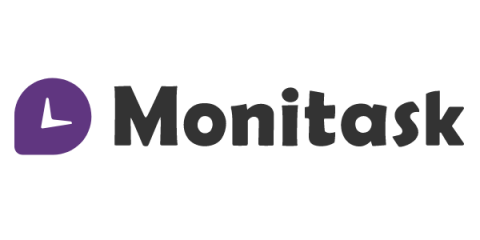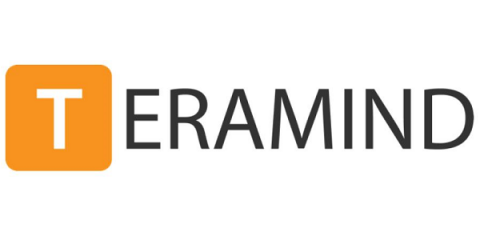5 most common myths regarding employee monitoring
When it comes to employee monitoring, most of the employees do not favor it. The main reason behind it is that they do not like someone monitoring them all day long. It feels more like spying rather than observing. In fact, many employees believe that organizations are doubting their loyalty through this software. Thus, keeping such factors in mind, today, we will talk about five common myths about employee monitoring software.






